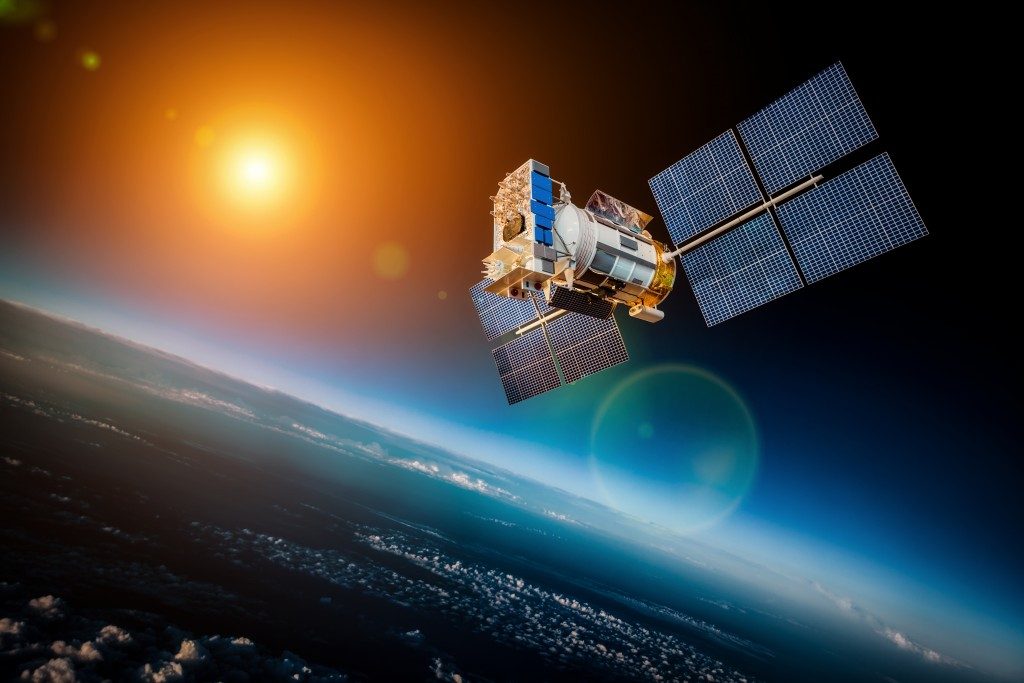The line between military and commercial Global Navigation Satellite Systems (GNSS) and Controlled Reception Pattern Antenna (CRPA) development is becoming blurry over the years. There is much from both sides for the other to learn. For instance, the military can learn mass production in which the commercial industries have mastered. In the same way, commercial GNSS manufacturers can learn how to design high-performance CRPAs to use with non-military GNSS devices.
In both cases, the odds are high for reducing cost while increasing the performance of the navigation systems. Mass-market GNSS receivers are no longer prone to jamming. Thanks to advanced technologies, developing these receivers and their associate CRPAs are getting cheaper. Moreover, GNSS device development now takes less time than it did barely a decade ago since manufacturers already have designs on which to build up. Inertial simulator programs have also assisted in reducing the test times between device design and batch production.
With these simulators, you now can determine how a particular GNSS device will perform under certain conditions. From that, you can alter the design to improve and enhance the reception of the devices in a given navigation satellite system.
Should you expect advanced developments in the future?
Yes. GNSS device manufacturers are focusing on adding anti-spoofing technology in their CRPAs. That’s beside further improving anti-jamming functionalities of these devices.
And, that is just but a beginning. There are high chances that CRPAs will end up as multi-function navigation systems, offering beyond anti-jamming and -spoofing technologies. That could include performing signals intelligence and situational awareness for navigation systems.
Antenna technology
 More GNSS manufacturers are replacing GPS antennas with CRPAs as these serve as antennas and still prevent jamming and spoofing of signals. Furthermore, on antenna technology, navigation systems will offer more protected signal solutions from the same device. The communication sector can now use such antennas as much as satellite navigation system operators do. Better still, if these radar and communication systems merge, there will be reduced costs in acquiring the associated devices.
More GNSS manufacturers are replacing GPS antennas with CRPAs as these serve as antennas and still prevent jamming and spoofing of signals. Furthermore, on antenna technology, navigation systems will offer more protected signal solutions from the same device. The communication sector can now use such antennas as much as satellite navigation system operators do. Better still, if these radar and communication systems merge, there will be reduced costs in acquiring the associated devices.
Device development
Both CRPA and GNSS device developments have hit a maturity stage. Their core technologies have advanced significantly that there is hardly any news in this area. For commercial purposes, manufacturers are still looking into ways they can minimize their production cost and time. As a result, they will create more GNSS devices and CRPAs in less time.
Moreover, note that there is a lot of borrowing from Moore’s law when it comes to electronic device technology. You can expect to have smaller and lighter yet powerful GNSS devices over the coming years. In this aspect, possibilities are limitless on how improved the performance can be of every GNSS device.
Manufacturers are now using smart inertial simulators to determine how to model and integrate artificial intelligence into their GNSS devices. The mass is now, more than ever, to purchase these devices for commercial use. Meaning, it is no longer a thing for the military. That means there is a ready market and manufacturers can bridge the gap. GNSS device development can only get better and advanced with time.
